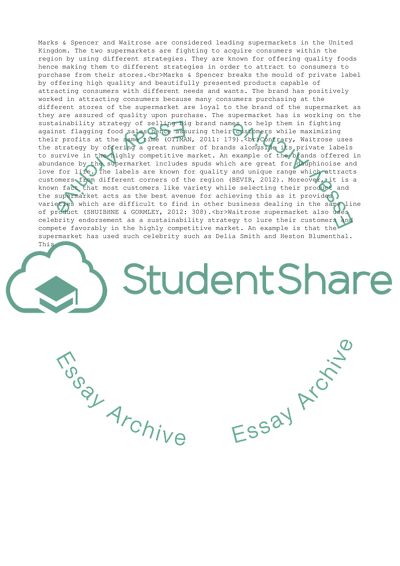Cite this document
(Responsible business unit Essay Example | Topics and Well Written Essays - 3000 words, n.d.)
Responsible business unit Essay Example | Topics and Well Written Essays - 3000 words. https://studentshare.org/business/1822735-responsible-business-unit
Responsible business unit Essay Example | Topics and Well Written Essays - 3000 words. https://studentshare.org/business/1822735-responsible-business-unit
(Responsible Business Unit Essay Example | Topics and Well Written Essays - 3000 Words)
Responsible Business Unit Essay Example | Topics and Well Written Essays - 3000 Words. https://studentshare.org/business/1822735-responsible-business-unit.
Responsible Business Unit Essay Example | Topics and Well Written Essays - 3000 Words. https://studentshare.org/business/1822735-responsible-business-unit.
“Responsible Business Unit Essay Example | Topics and Well Written Essays - 3000 Words”. https://studentshare.org/business/1822735-responsible-business-unit.


